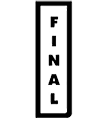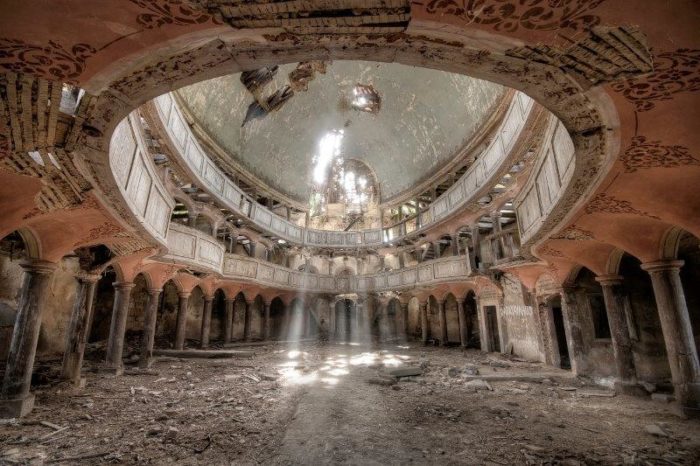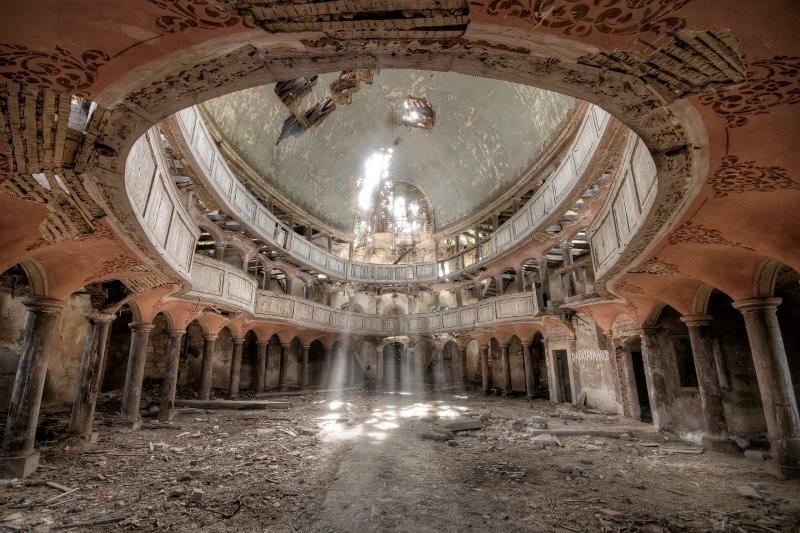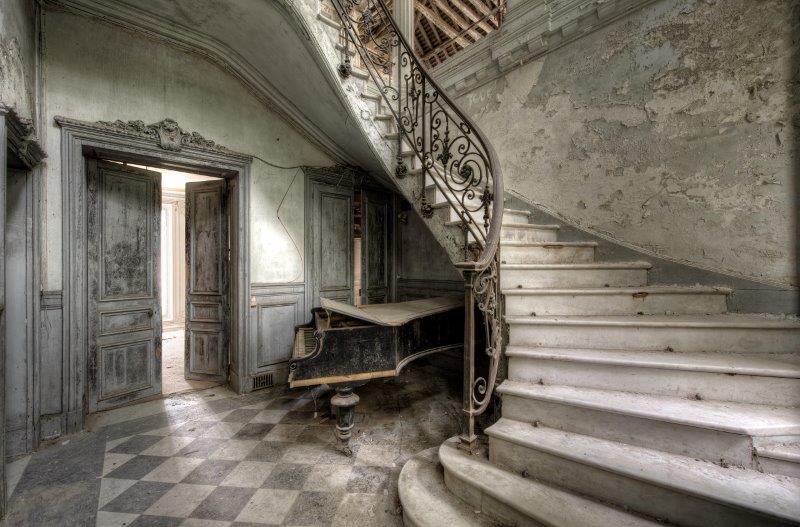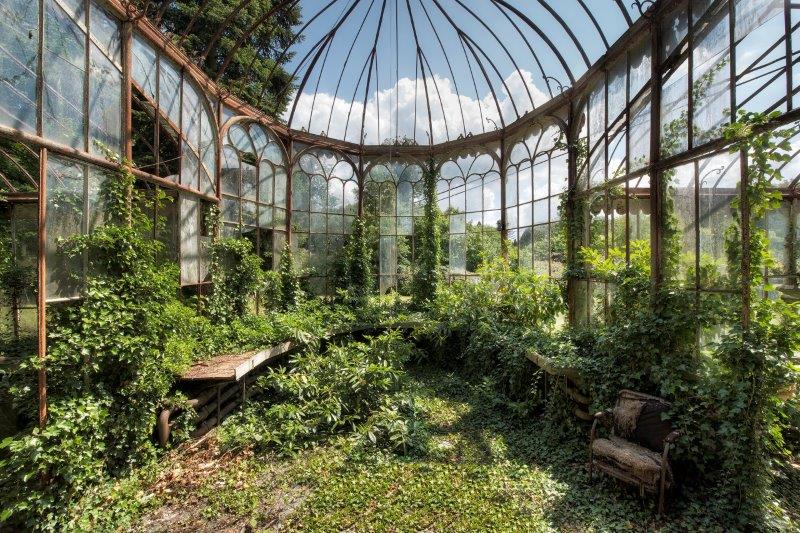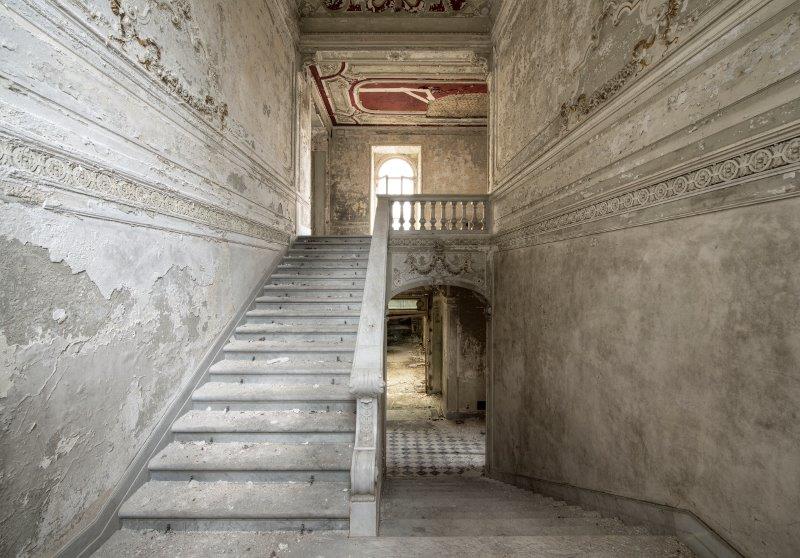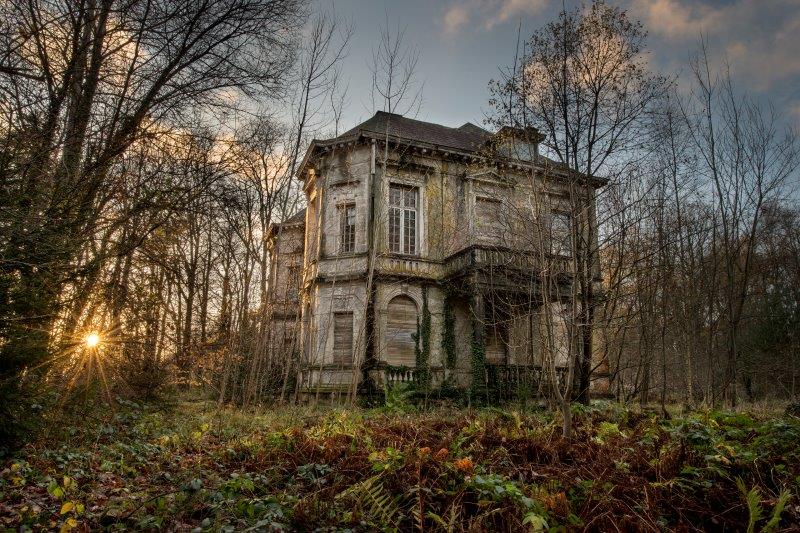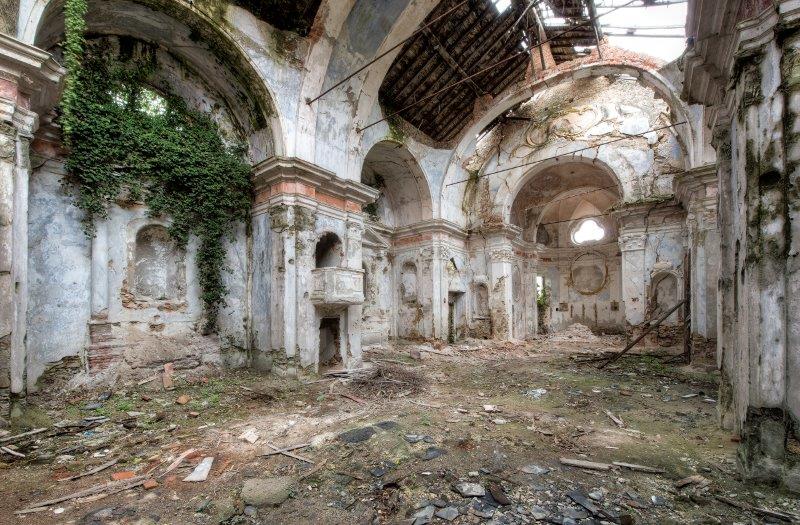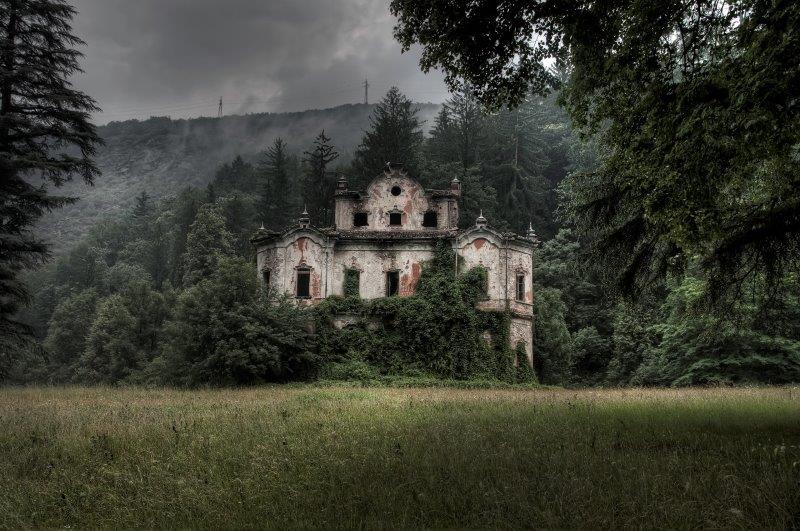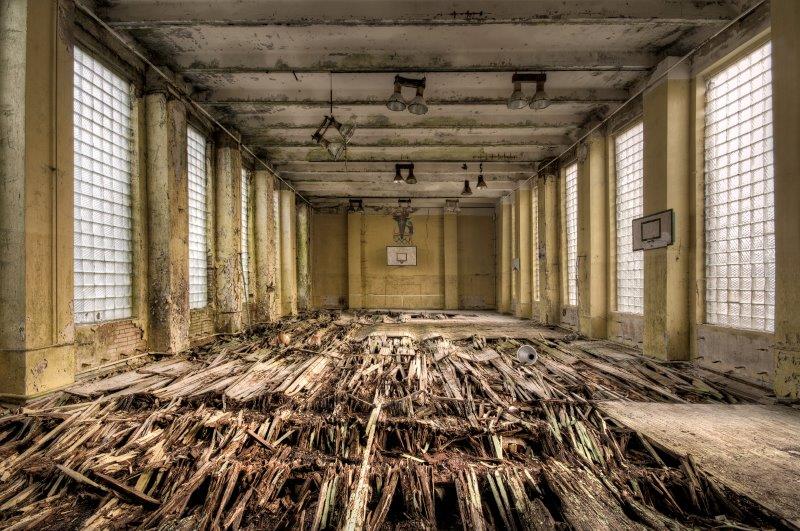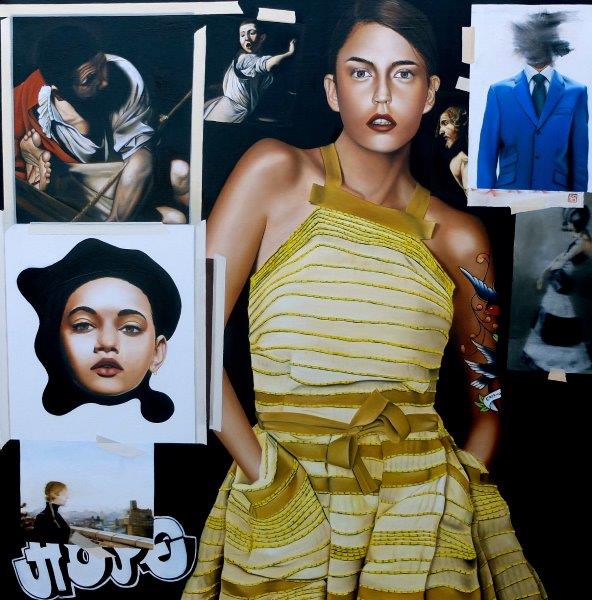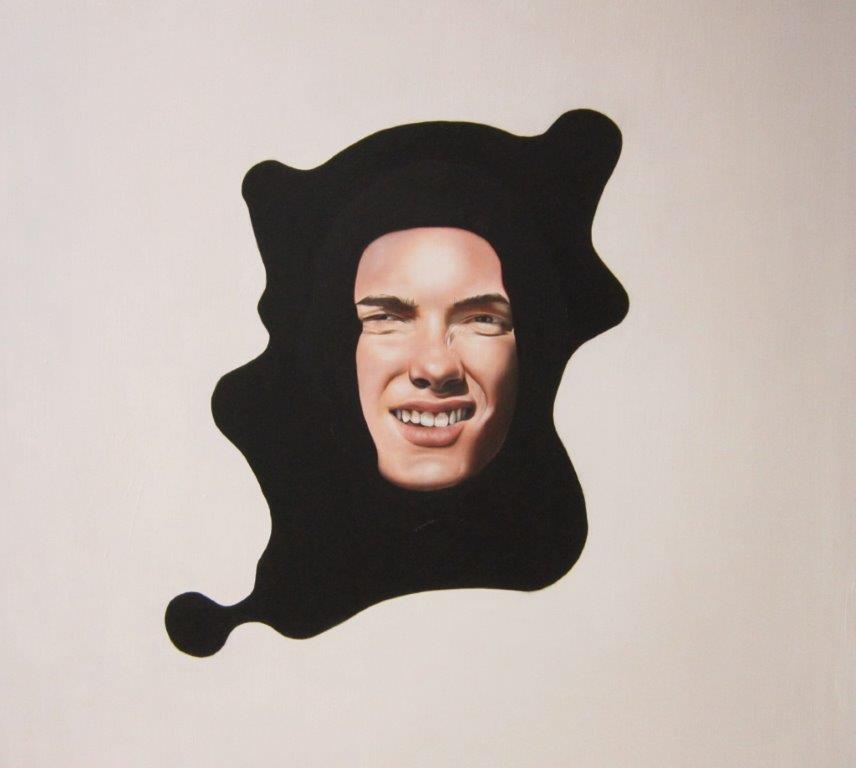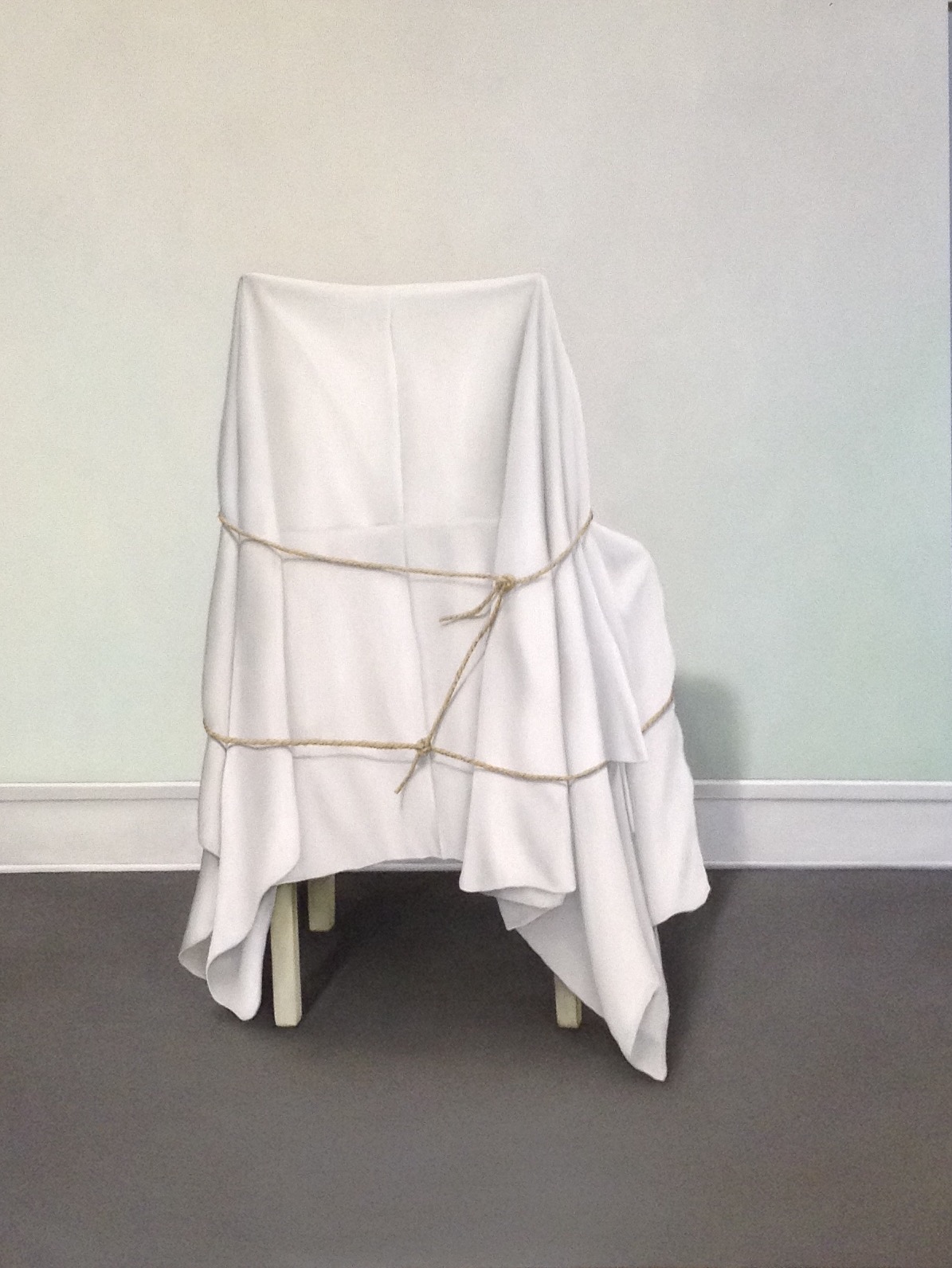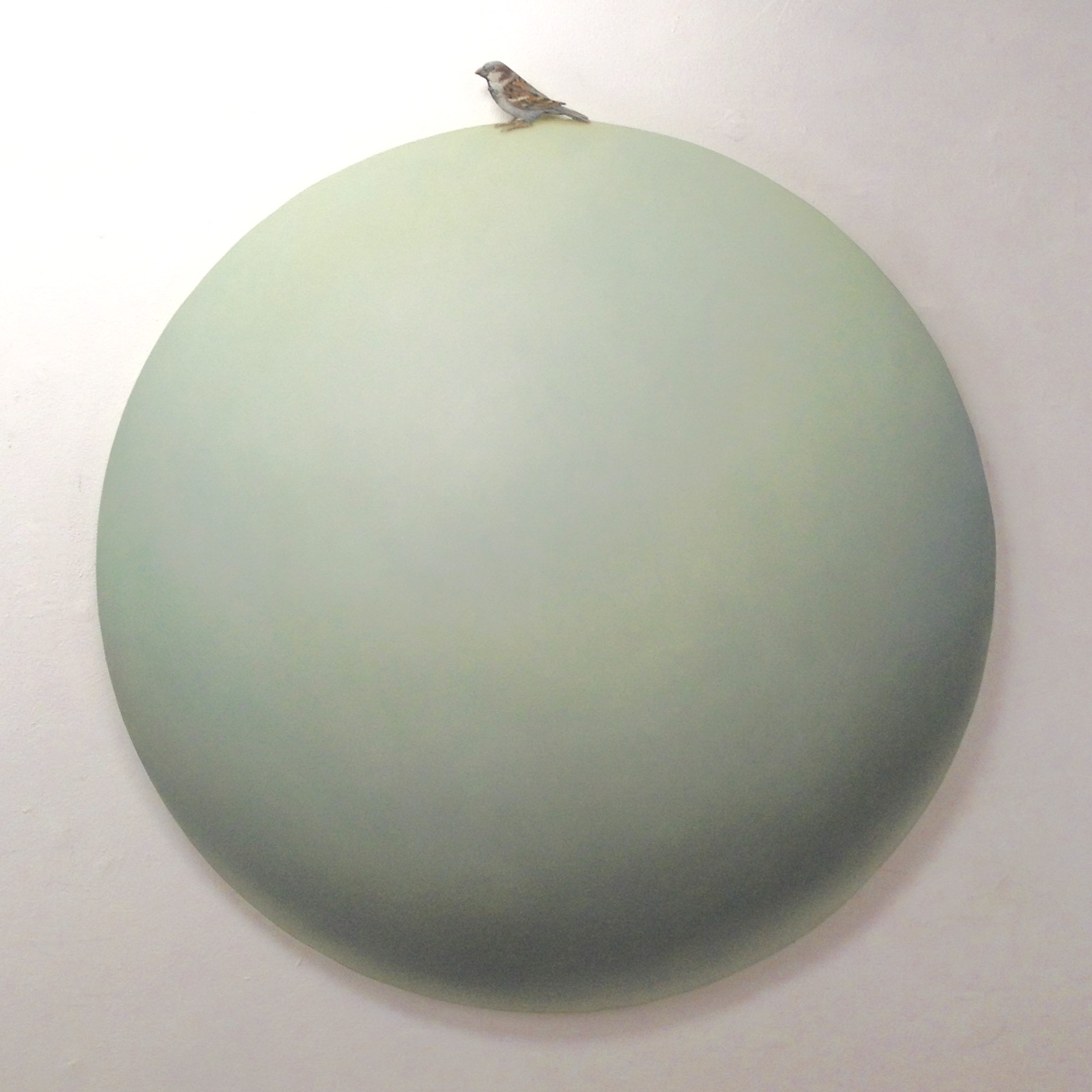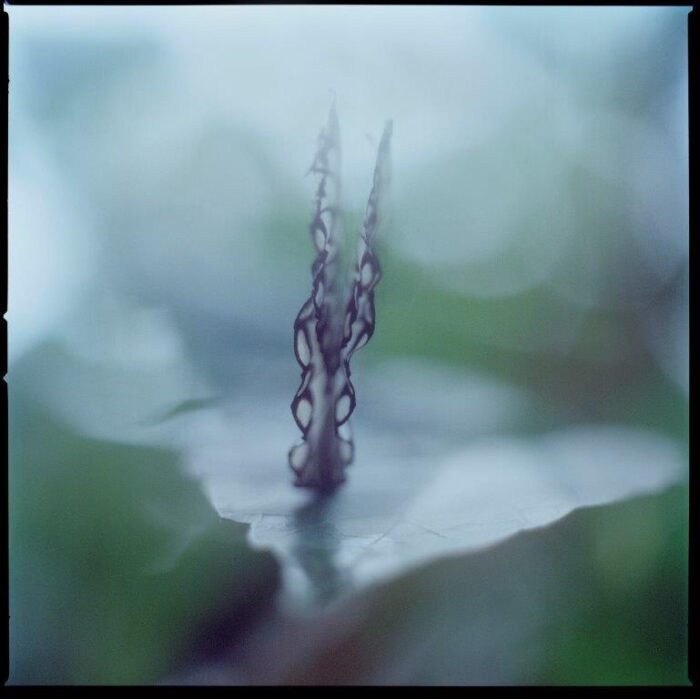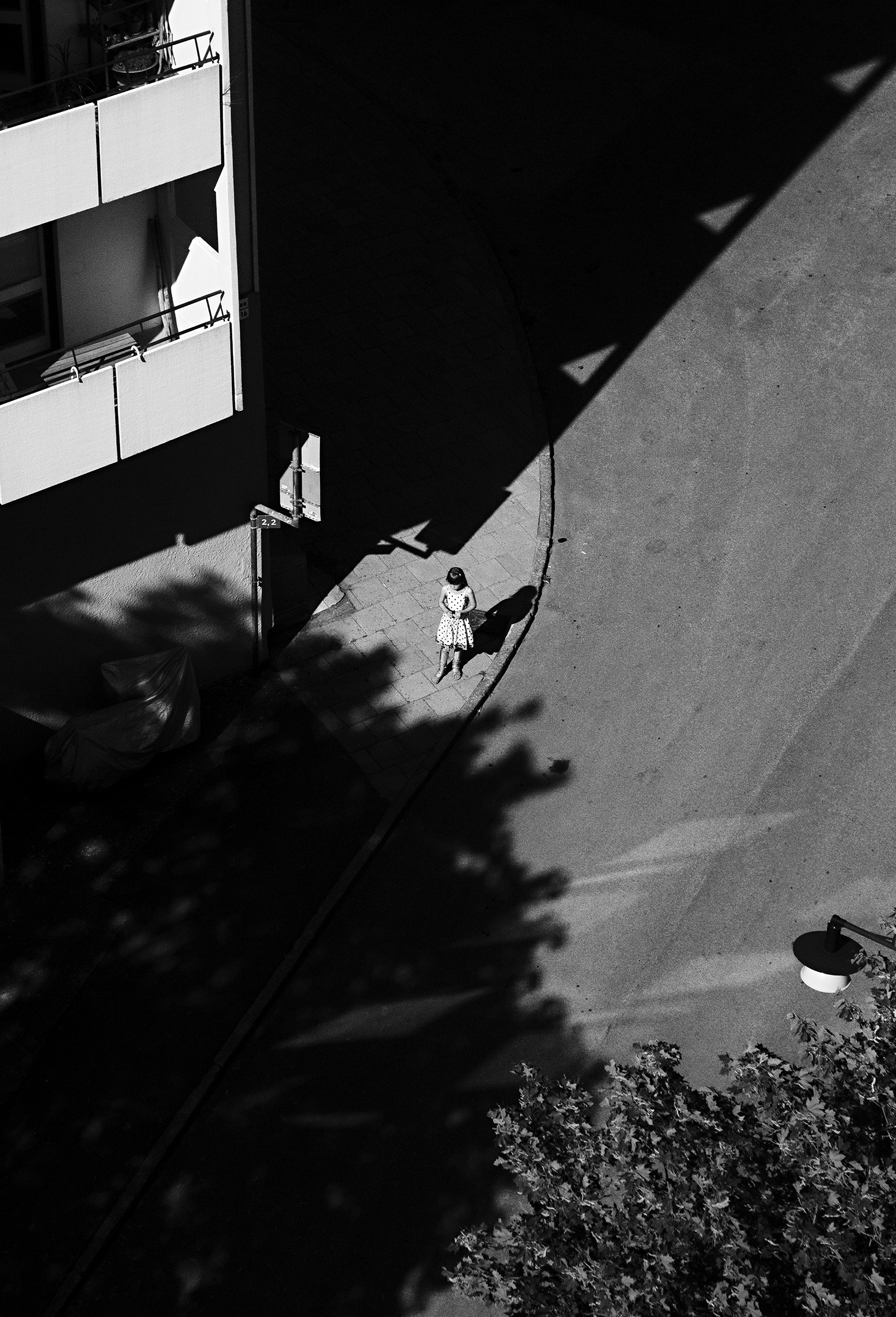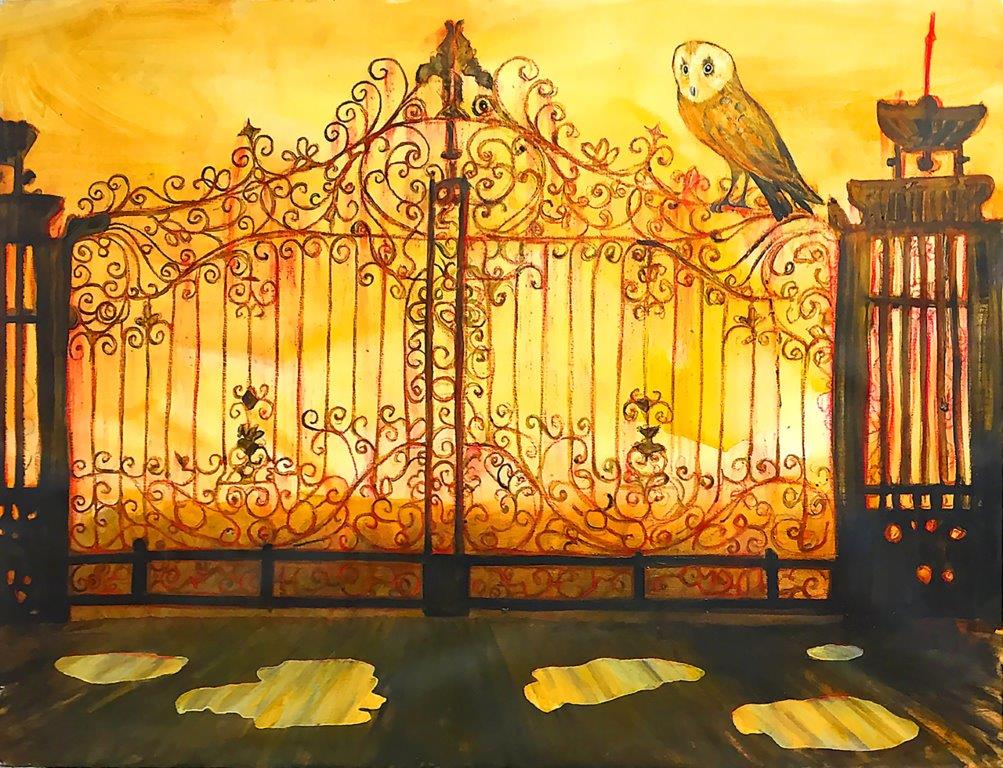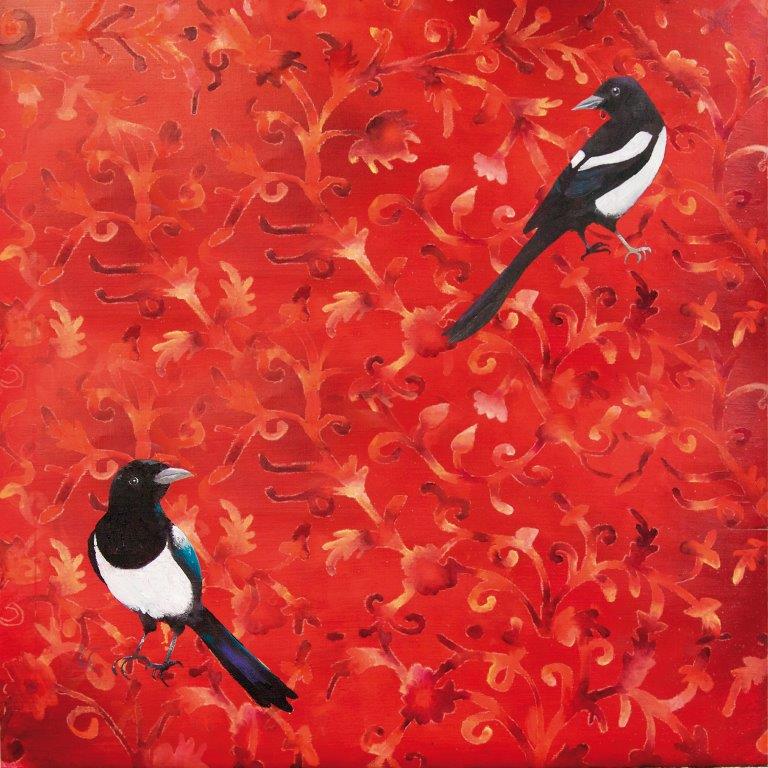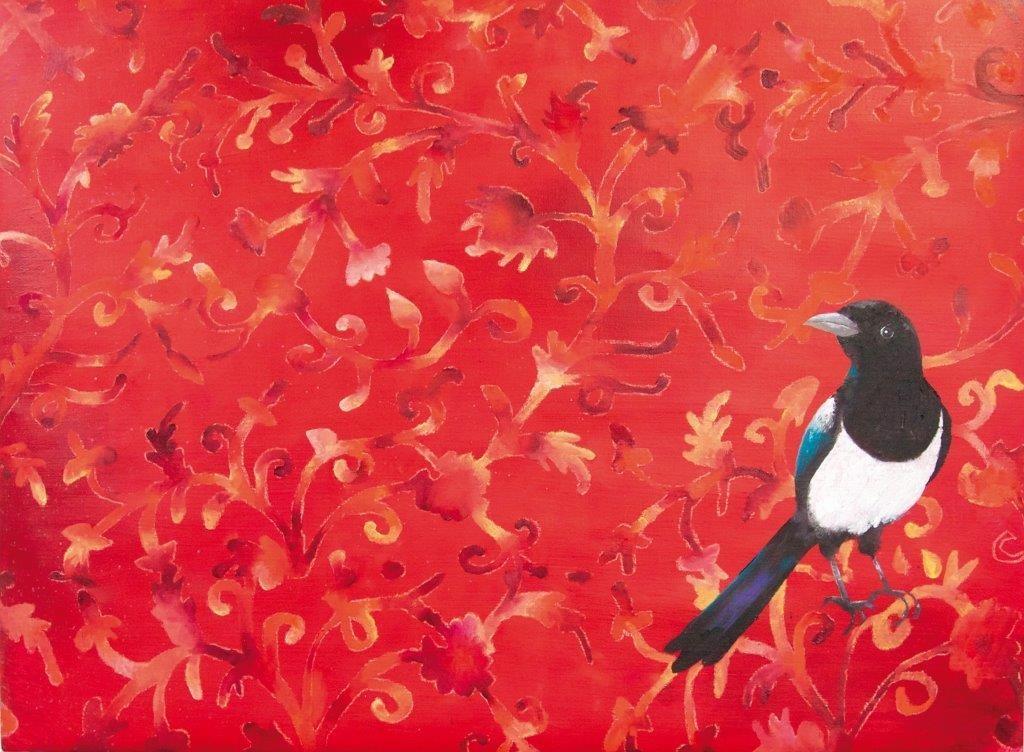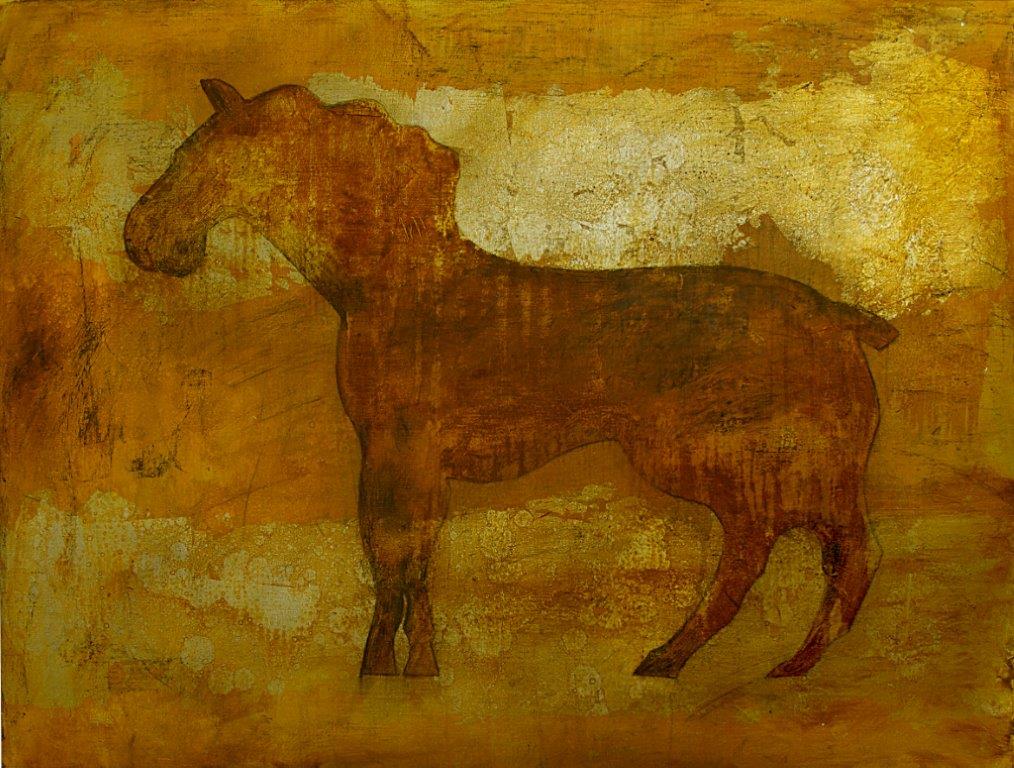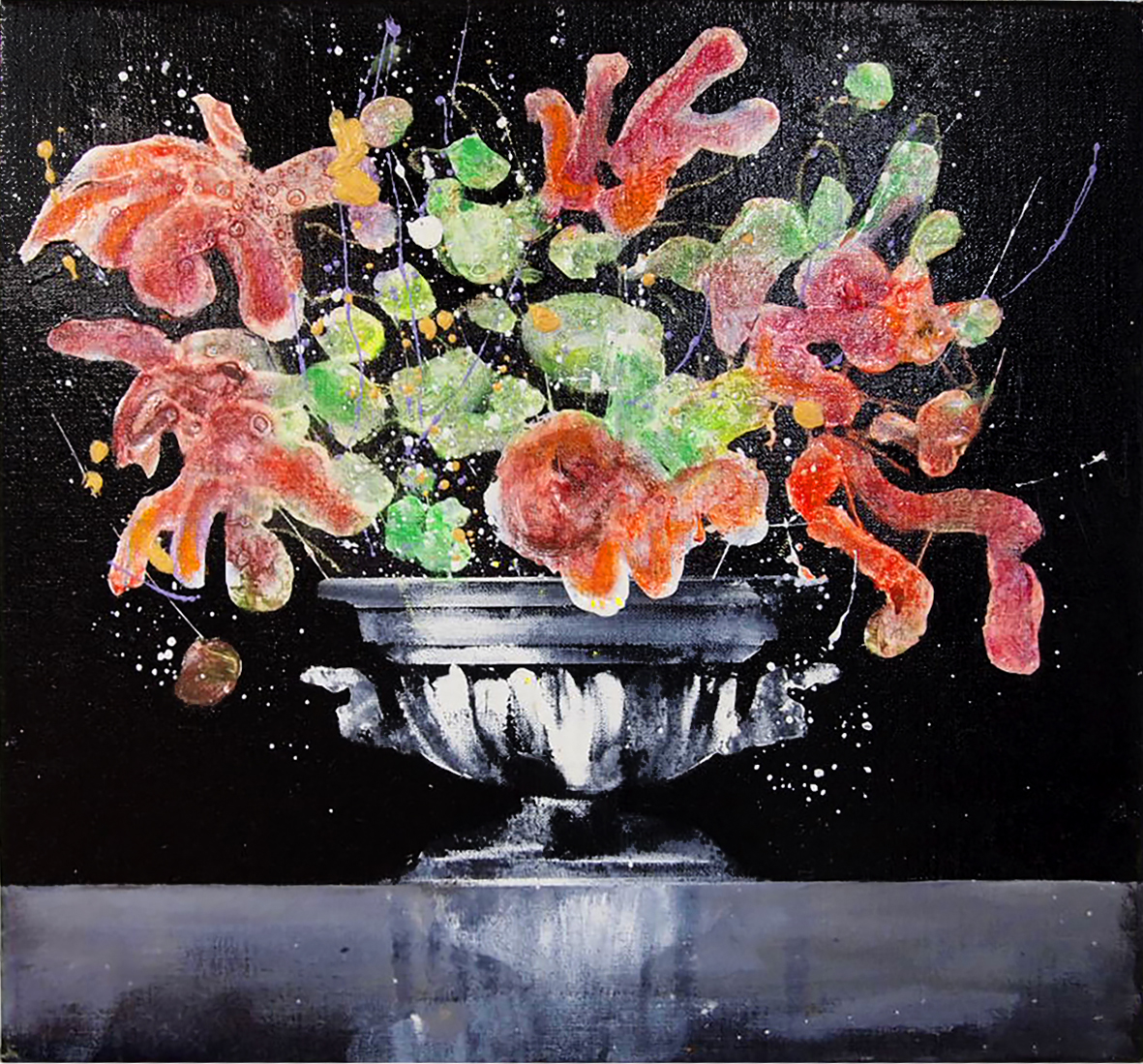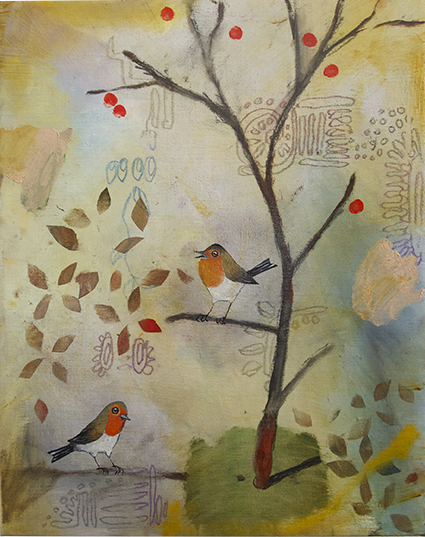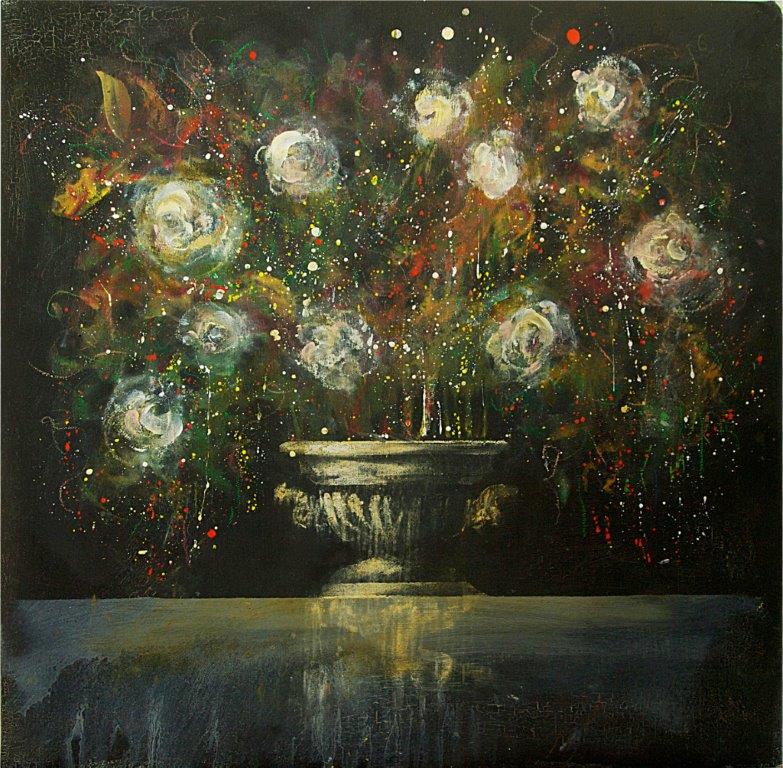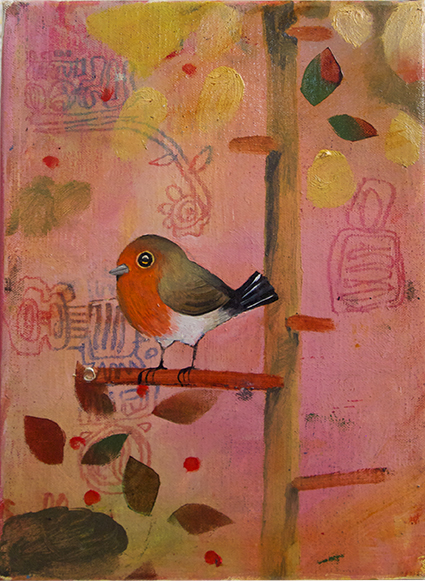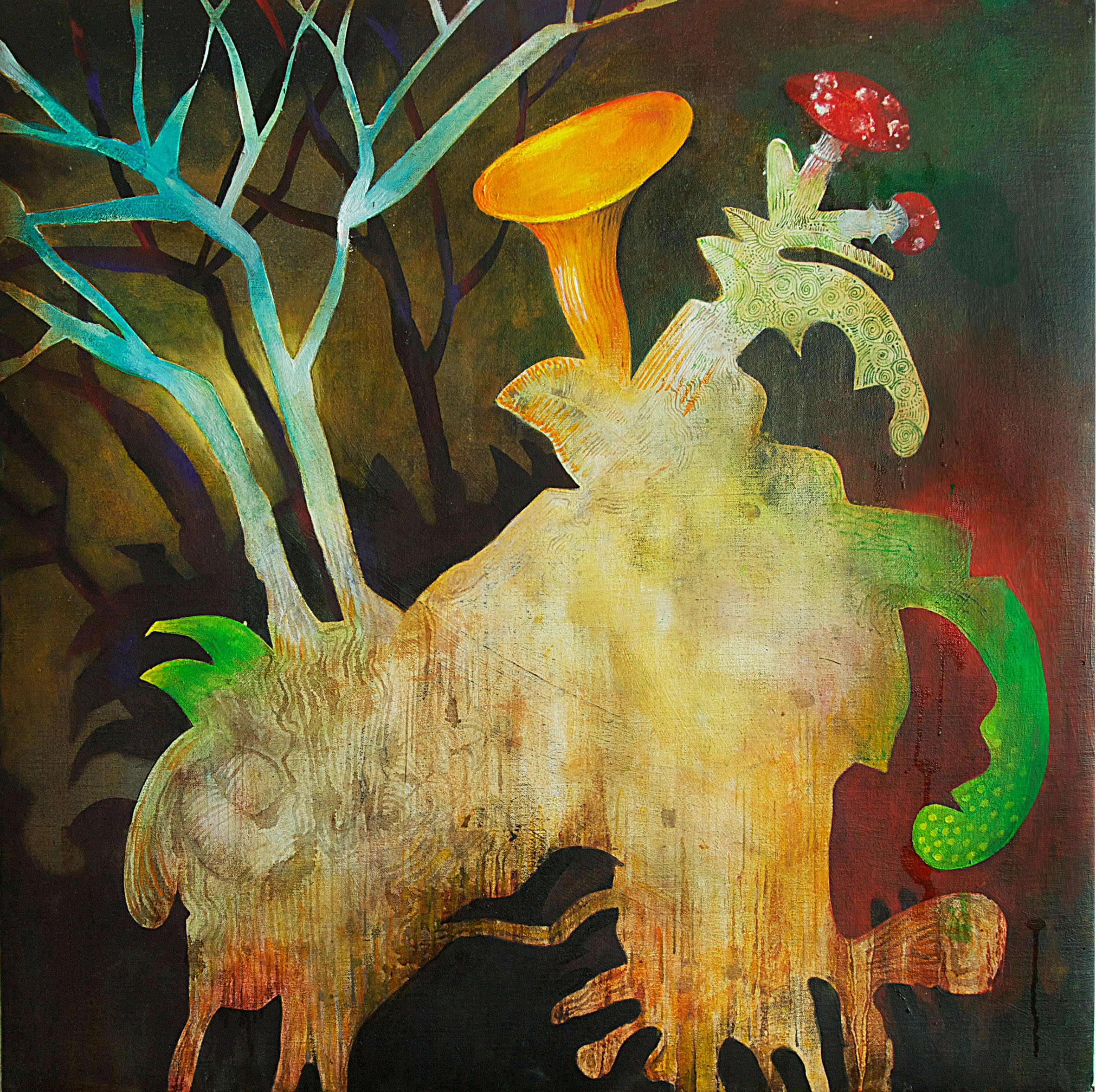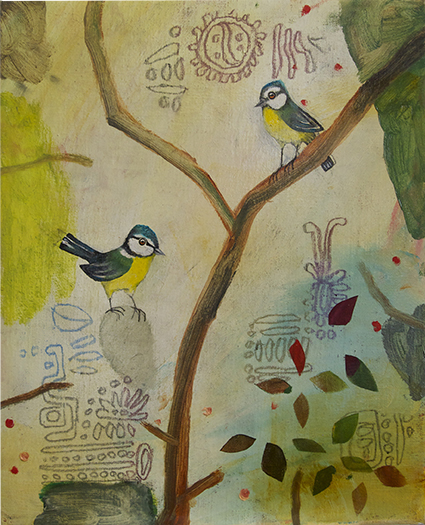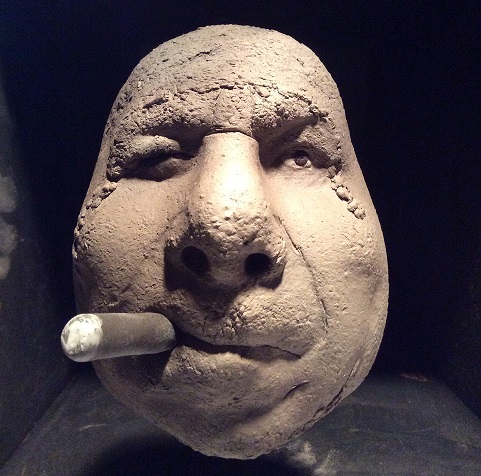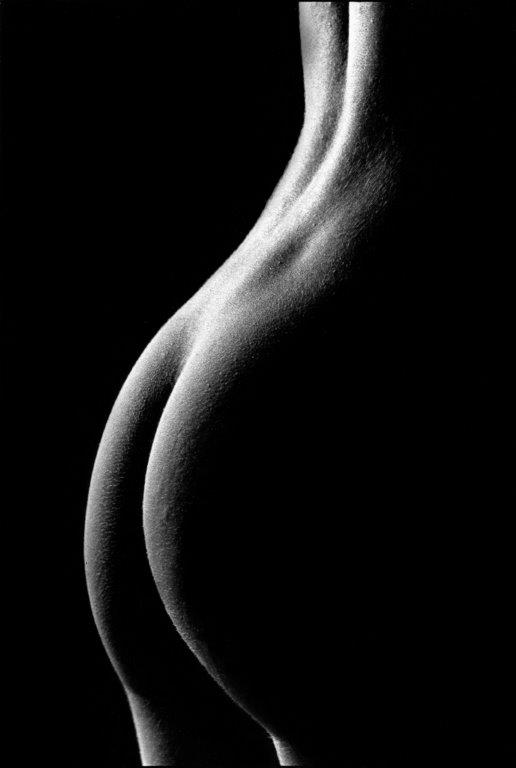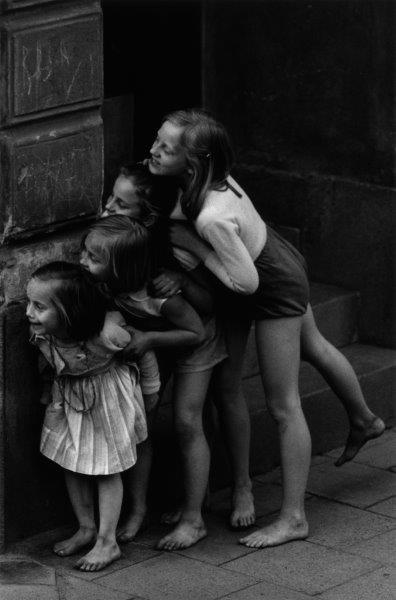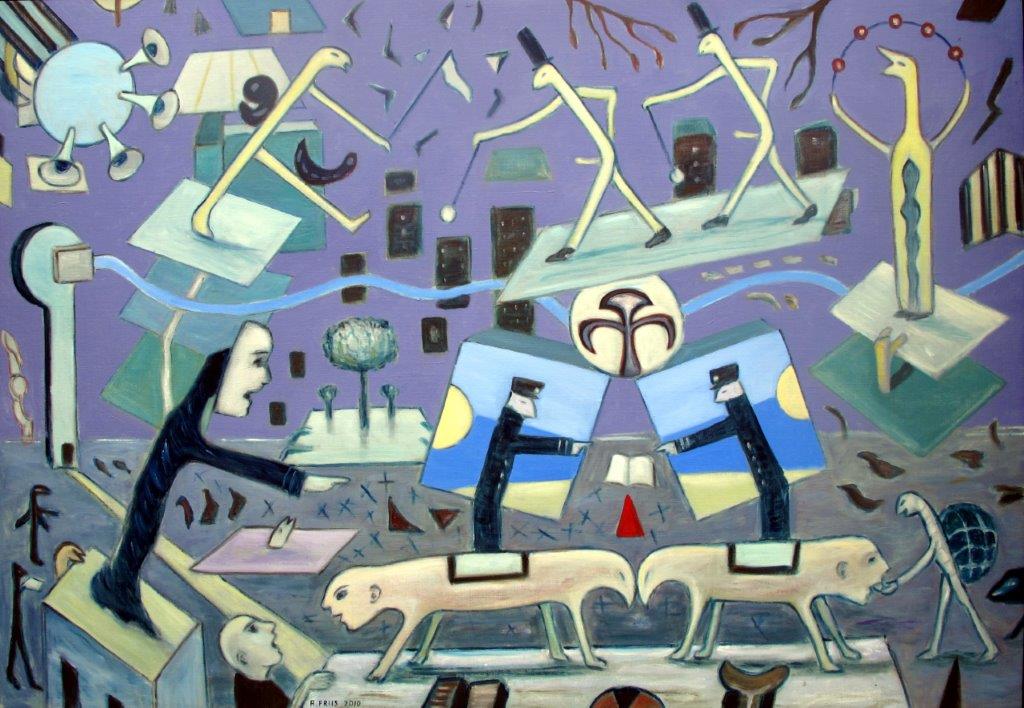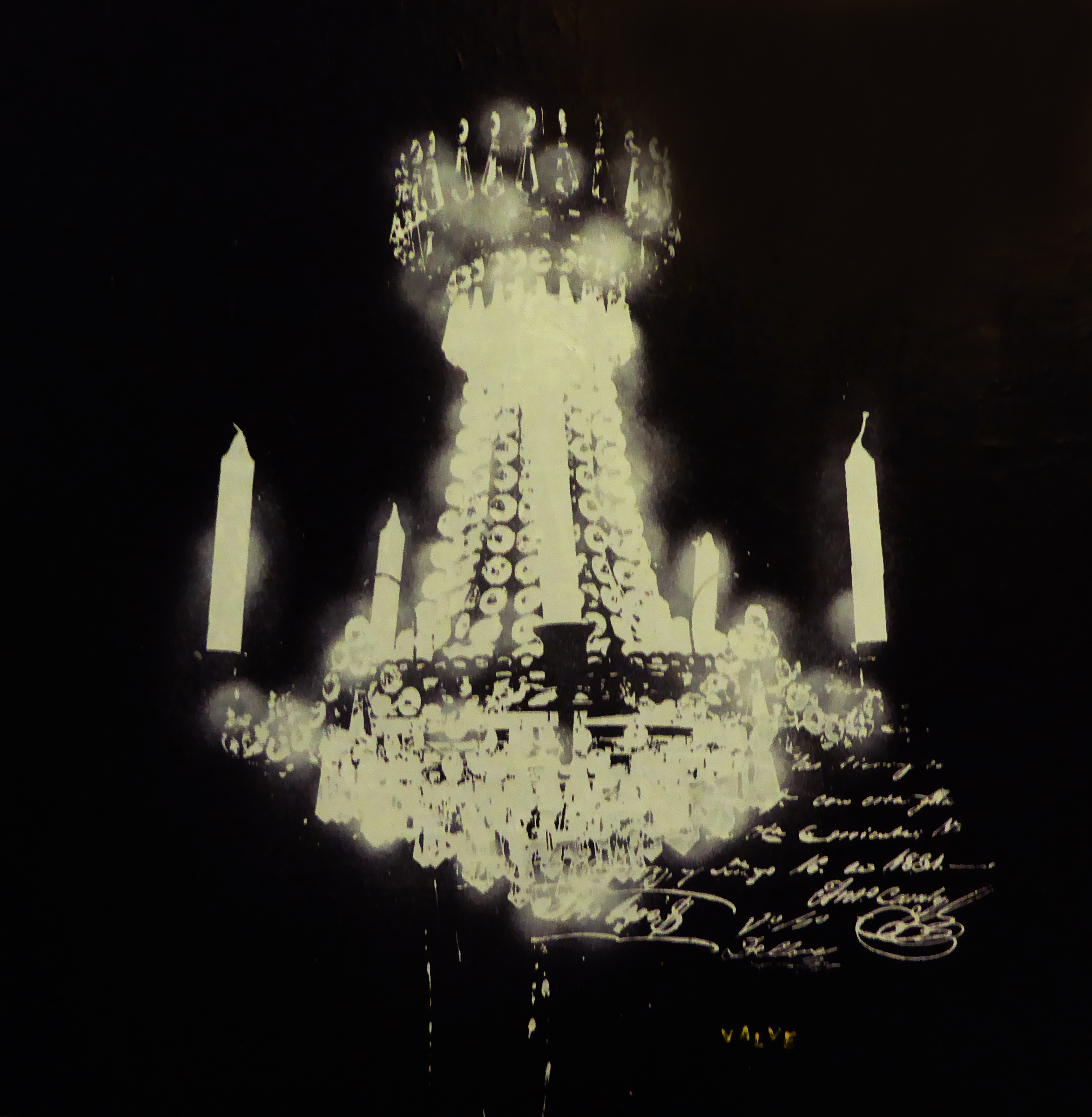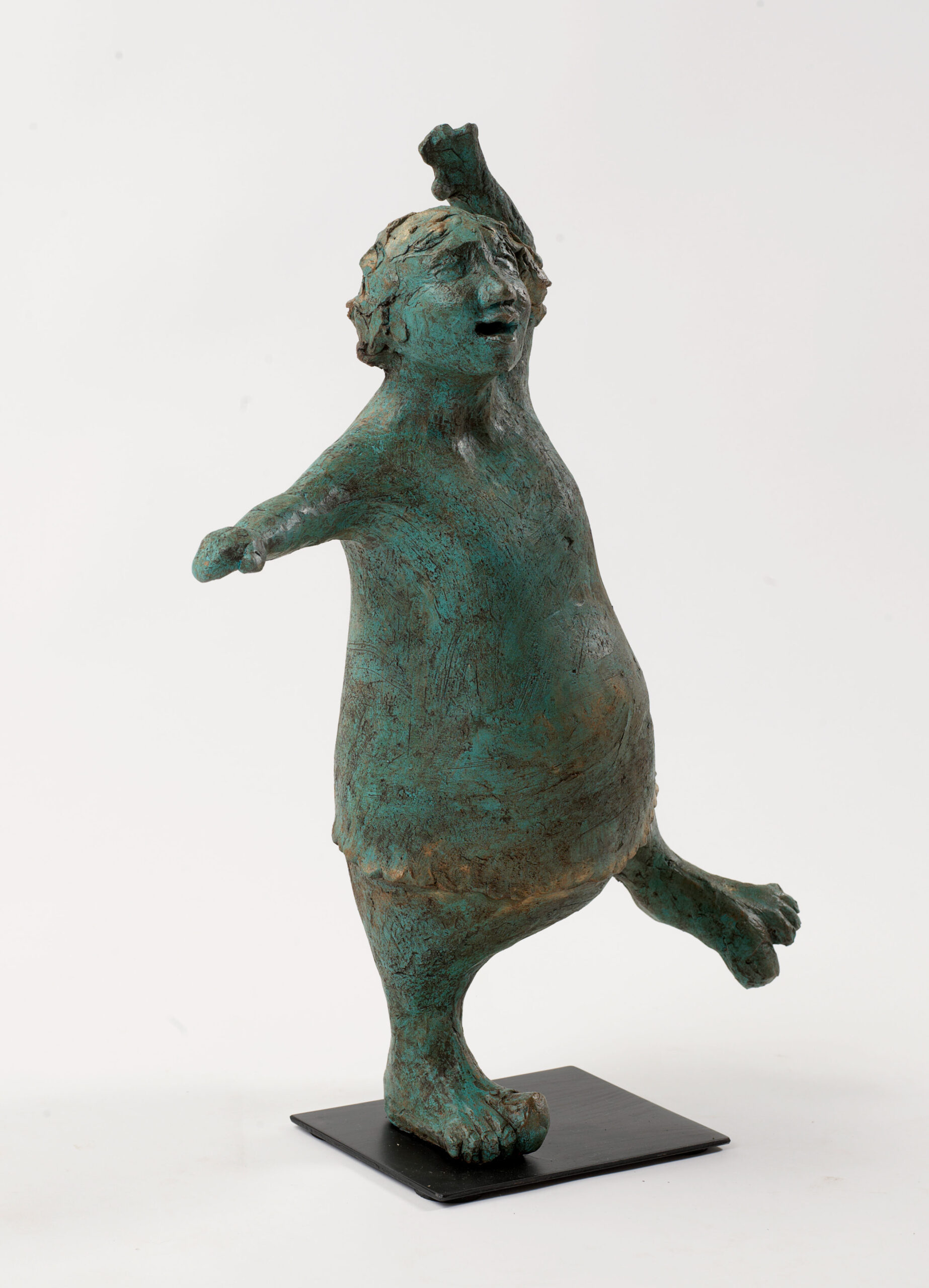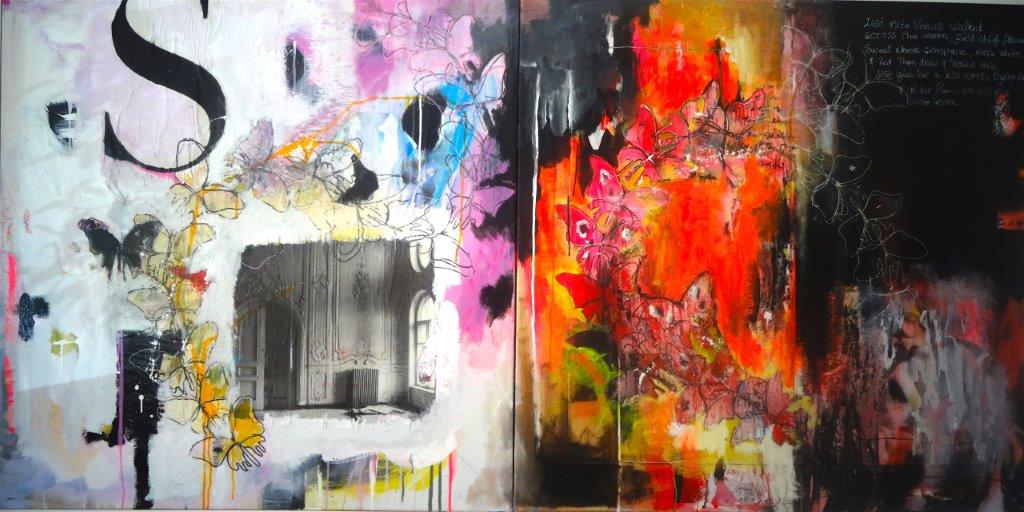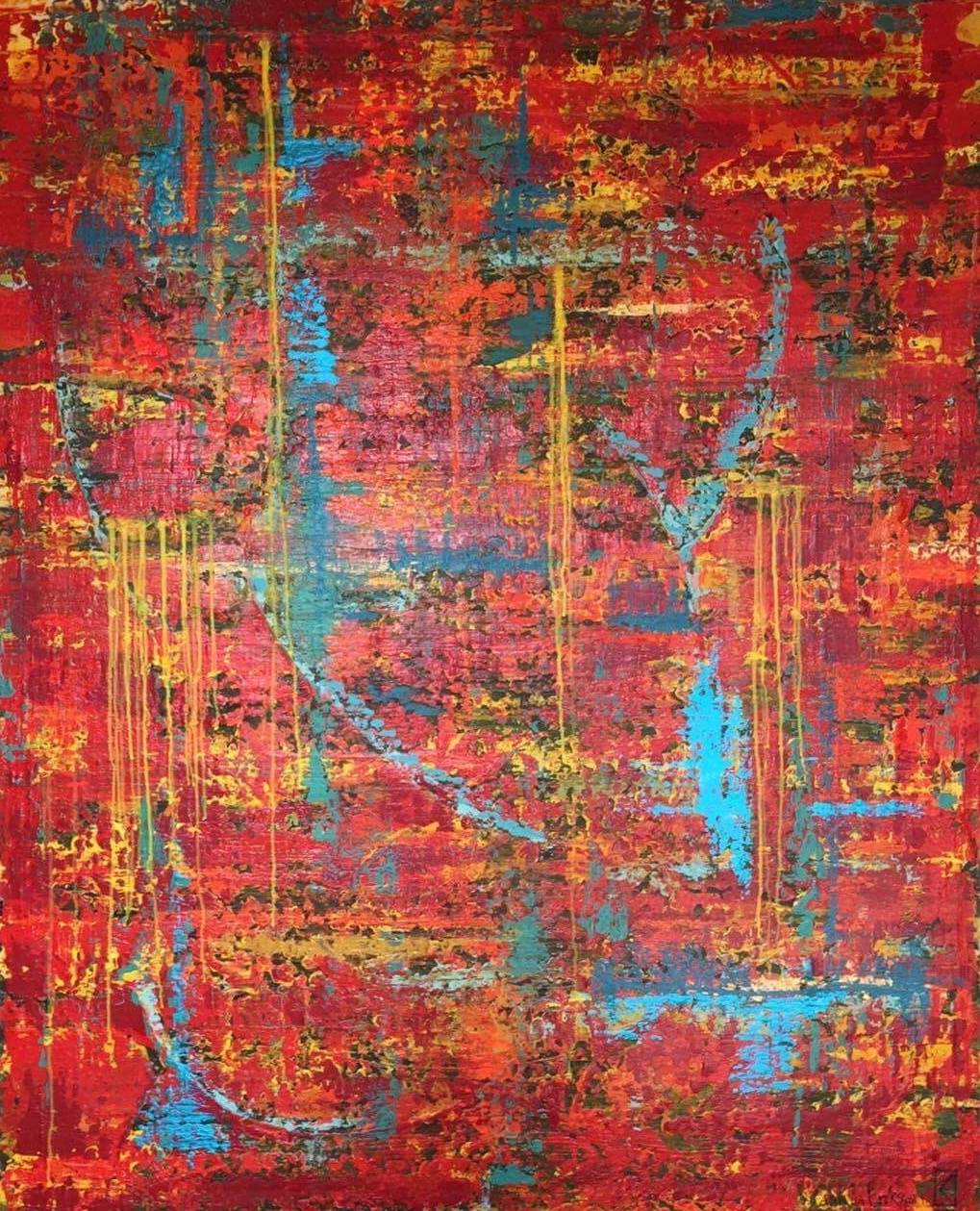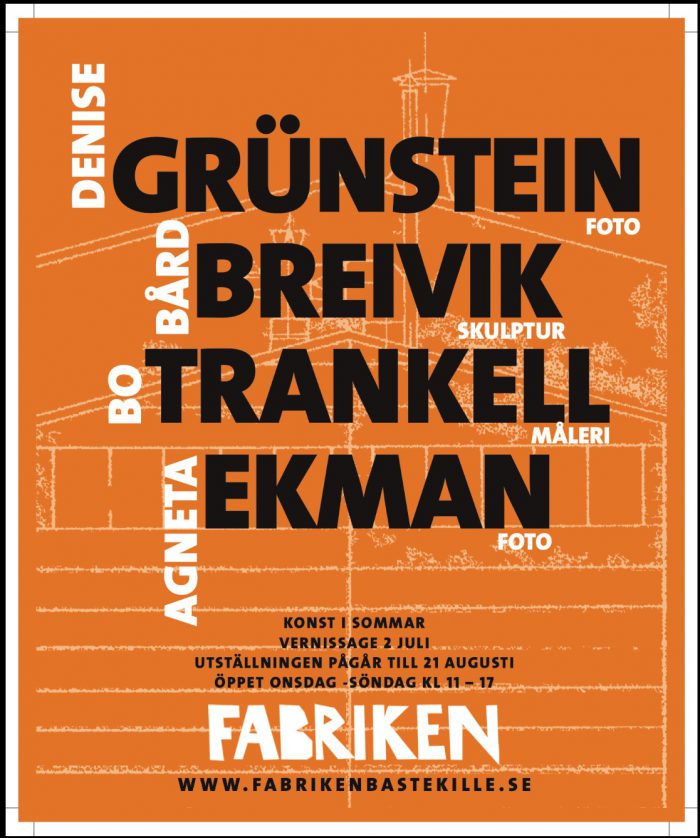30 SEPTEMBER – 5 NOVEMBER
DAAN OUDE ELFERINK – Explore the beauty of decay
“My name is Daan Oude Elferink (Daanoe) and I am pleased to take you to the world behind the ‘no entry’ signs and the locked doors. It offers a glimpse of the beautiful, forbidden world of decay as I see it. You’d be surprised what people leave behind, often for unknown reasons. Beautiful villas, still fully furnished – everything covered in a layer of dust. Hospitals with patient files scattered in the hallways. Theaters and ballrooms, now empty of laughter. Castles where the family photo album still sits on the bookshelf. Memories of what used to be. How did these people live? Why is the place abandoned? What happened? With time, nature starts to take over. As the years pass, buildings and the secrets they keep crumble and decay. On first glance you may see a pile of moldy debris, but look at it with different eyes and you’ll find a breathtaking beauty. Decay ignites the imagination.”
Daan Oude Elferink is born 1978 in Nijmegen, Holland
This will be Daan Oudes first exhibition i Malmö.
During opening night at 19:30 and 21:30;
Daan Oude will present his work and pictures from different spectacular photoprojects.
The nearby Galleri 8 will be open 18-24 during Malmö gallerinatt exhibiting Lars Tunebo where we will show his mixed media work.
